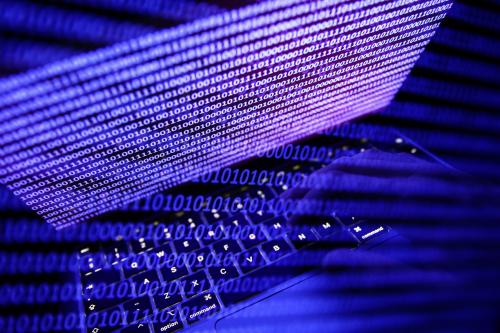The following was first published in Scientific American. This is the first of a two-part series on security and privacy during the age of drone warfare. Part two is available here.
The year is 2020. Two Air Force officers sit in a darkened control center at an Air Force base in Nevada, carefully watching a bank of computer screens. One of the officers gently pushes a joystick to the right, and half a world away a swarm of a dozen small drones, none weighing more than a few hundred grams, banks to the right and continues to skim almost silently across the ground at about 65 kilometers per hour toward a small settlement that has been identified as a source of possible terrorist activity. A large monitor in the front of the control center displays the live view from a night-vision camera in the lead drone. About 300 meters ahead, the first buildings pull into view.
The second officer enters a series of touch-screen commands, and three of the drones break away from the formation and begin to circle the perimeter of the settlement, acquiring video that will later be used to build a high-resolution three-dimensional model of the terrain, streets and buildings. The other nine drones fly just above the settlement, break formation and embark on a series of specialized tasks. Two drones sniff for minute quantities of chemicals associated with explosives, then combine the resulting measurements with on-site wind measurements to identify a building likely being used to store explosives. Another group of three drones with high-resolution cameras converges on the suspect building to collect imagery of the walls, roof and perimeter, including brief stops to hover outside the windows and take pictures into the interior.
The Brookings Institution is committed to quality, independence, and impact.
We are supported by a diverse array of funders. In line with our values and policies, each Brookings publication represents the sole views of its author(s).



Commentary
Op-edThe Drone Threat to National Security and Privacy
November 14, 2011